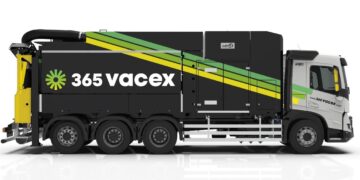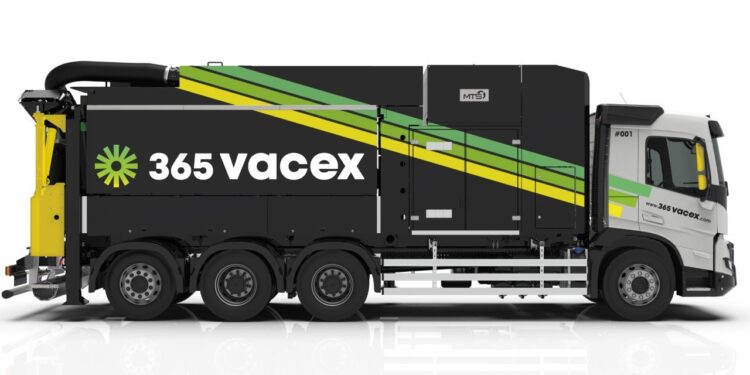When it comes to Excavation Services, safety should always be the top priority. Excavation work involves digging, trenching, and other activities that can pose significant risks to both workers and the surrounding environment if not conducted with caution. In this blog post, we will explore the best practices in excavation services to ensure the safety of everyone involved in the process.
1. Site Inspection and Preparation
Before any excavation work begins, a thorough site inspection is essential. This inspection should identify potential hazards such as underground utilities, unstable soil, and nearby structures. Adequate measures should be taken to mark and protect utility lines, and proper shoring or sloping should be employed to prevent collapses in unstable soil.
2. Proper Equipment and Training
Using the right equipment for the job is crucial. Excavators, backhoes, and bulldozers should be well-maintained and operated by trained professionals. Workers should receive proper training in equipment operation, soil analysis, and safety procedures. Regular equipment inspections and maintenance checks help ensure safe operation on the job site.
3. Utility Location
One of the most significant risks during excavation is unintentional damage to underground utilities like gas lines, water pipes, and electrical cables. Contact with local utility providers to locate and mark these utilities before excavation begins is a mandatory step to prevent accidents and costly repairs.
4. Trenching Safety
Trenching is a common excavation services task, but it carries inherent dangers, including cave-ins. To prevent accidents, trenches should be properly sloped, shored, or shielded according to OSHA (Occupational Safety and Health Administration) standards. Workers should wear appropriate personal protective equipment (PPE), including hard hats, high-visibility vests, and steel-toed boots.
5. Atmosphere Testing
In cases where workers are excavating in confined spaces or near potentially hazardous atmospheres, atmospheric testing is crucial. This helps identify and mitigate risks associated with harmful gases or low oxygen levels. Adequate ventilation or gas detection systems should be employed as needed.
6. Emergency Response Plan
Even with all safety precautions in place, emergencies can still occur. Having a well-defined emergency response plan that includes procedures for evacuations, first aid, and communication is essential. All workers should be aware of these protocols.
7. Regular Safety Meetings
Frequent safety meetings and toolbox talks are valuable for reinforcing safety awareness among the crew. Discussing potential hazards and sharing experiences can help prevent accidents and promote a culture of safety.
8. Compliance with Regulations
Last but not least, strict adherence to local and federal safety regulations is non-negotiable. Ensure that your excavation project complies with all relevant safety standards, permits, and guidelines.
In conclusion, prioritizing safety in Excavation Services is paramount. By following these best practices, conducting thorough site inspections, providing proper training, and complying with regulations, you can minimize risks, prevent accidents, and ensure the well-being of your workers and the success of your excavation projects. Remember, safety comes first!


















































